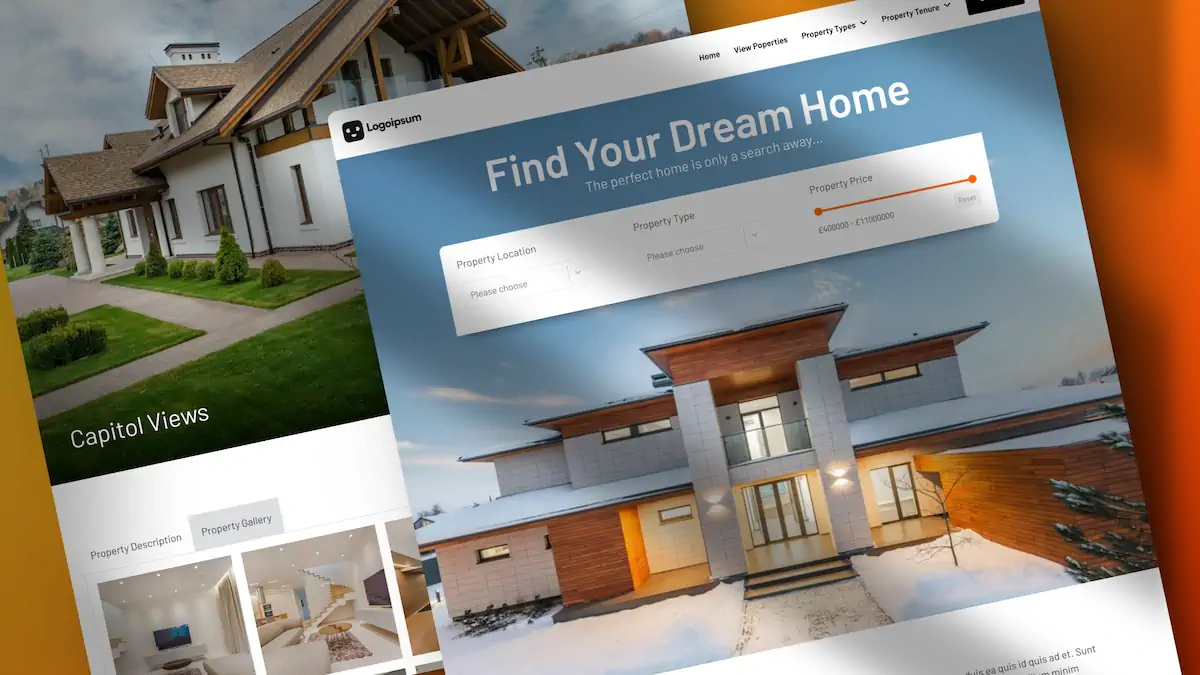A blueprint website is a pre-configured WordPress setup with all the essential settings and plugins ready for development. In this post, we’ll look at how I have set up my blueprint website using Bricks Builder. This powerful WordPress site builder allows for extensive customization and flexibility.
Why Use a Blueprint?
Creating a blueprint for your WordPress projects can significantly reduce the time spent on repetitive tasks. Instead of manually installing and configuring your preferred themes, plugins, and settings for every new project, you can clone a ready-to-go setup and jump straight into the creative aspects of site building.
Choosing the Right Tools
For our blueprint, we’re using Bricks Builder, which offers a user-friendly interface and a range of features to build custom websites. Alongside Bricks, we’ll install a set of plugins that enhance functionality and speed up the development process. Here’s a list of my core plugins that I include in my Bricks blueprint:
- Advanced Custom Fields (ACF) Pro: Manage custom data more efficiently.
- Advanced Themer: Adds useful tweaks to Bricks Builder.
- Core Framework: A CSS framework for consistent styling.
- Happy Files Pro: Improves media and content organization.
- SEO Press: A powerful SEO plugin to optimize your site.
Setting Up Your Blueprint
Hosting Your Blueprint
Before diving into the WordPress setup, you need a place to host your blueprint. Consider using a service like InstaWP, which allows you to host temporary or permanent WordPress instances. This way, you can maintain the blueprint agnostic of your live hosting environment.
Configuring the Basics
Once you have your hosting sorted, install WordPress and Bricks Builder. Next, install and activate your chosen plugins. With the plugins activated, configure the settings based on your preferences. For example, you can set up your typography, spacing, and other design elements with Core Framework.
Organizing Media and Content
Use HappyFiles Pro to organise fonts, placeholder images, UI elements, and other media folders. This organization will simplify managing your project assets when you’re ready to launch the final website.
SEO and Performance Settings
Configure SEO Press according to your SEO strategy. In Bricks Builder settings, ensure performance settings are optimized, such as disabling emojis and Google Fonts if you use custom fonts.
Templates and Design
Create default templates for headers, footers, and a 404 page. These templates will serve as a starting point for your projects. Set up global theme styles in Bricks Builder to define your site’s typography and container widths.
Custom Login and Registration Pages
Design custom login, registration, and password reset pages for a professional touch using Bricks Builder’s form elements and style them according to your brand. I have a step-by-step tutorial on designing and configuring your custom login pages.
Deployment
When your blueprint setup is complete, you can clone it for new projects using InstaWP’s cloning feature. This allows you to deploy a new blueprint instance, ready for development quickly.
Conclusion
A well-crafted blueprint can save countless hours and provide a solid foundation for web development projects. By leveraging Bricks Builder and the right plugins, you can ensure that your starting point for each new website is robust, optimized, and ready for customization. Remember, your blueprint is a living document; don’t hesitate to refine it as you discover new tools or workflows that enhance your process.
For a detailed walkthrough of setting up a blueprint website with Bricks Builder, check out the accompanying video, where we dive into each process step. Happy building!

